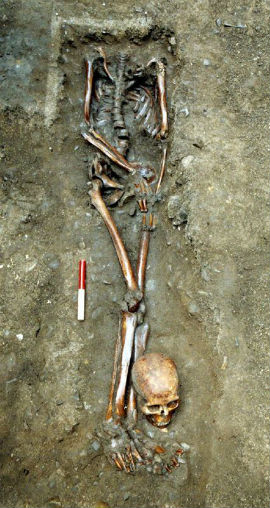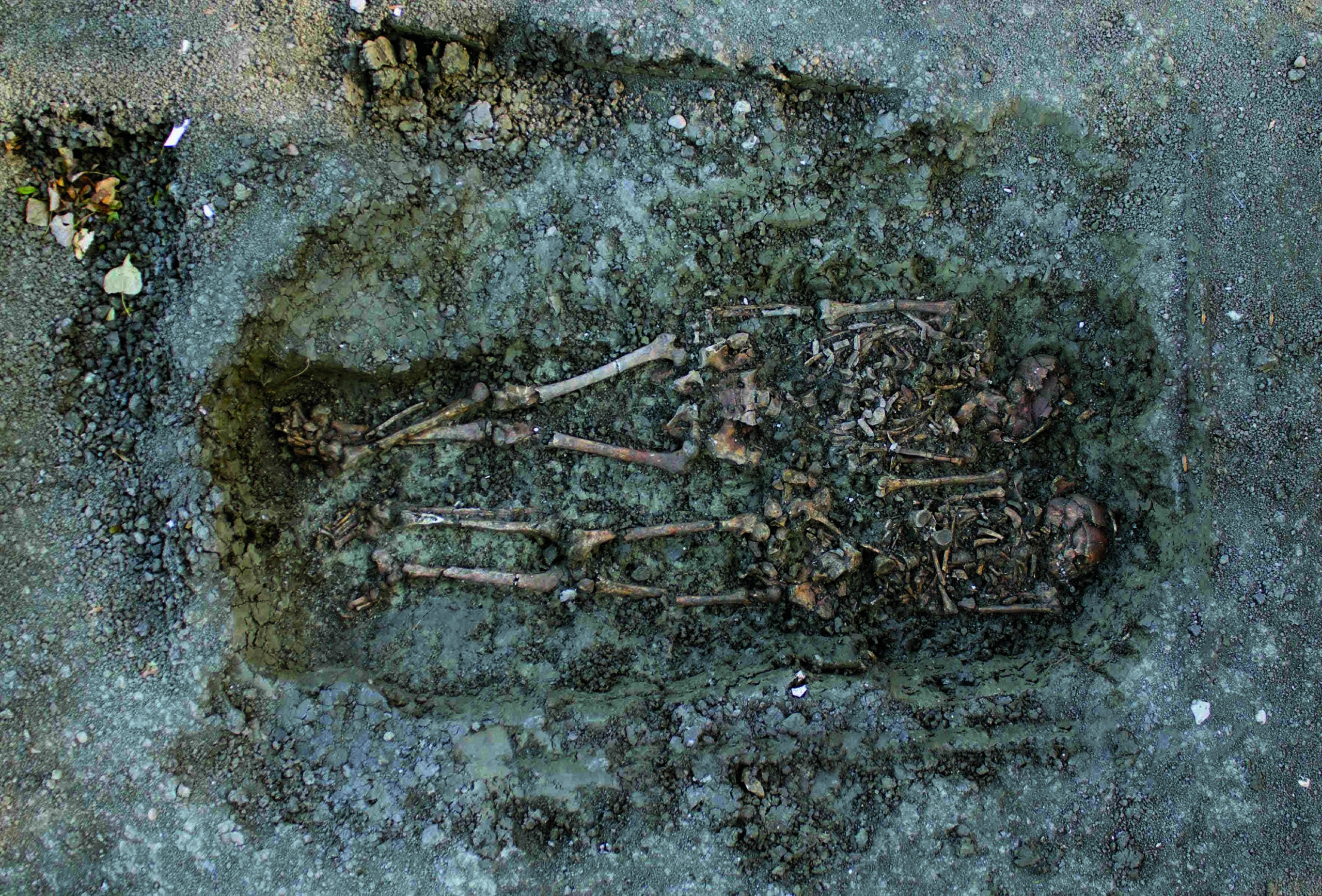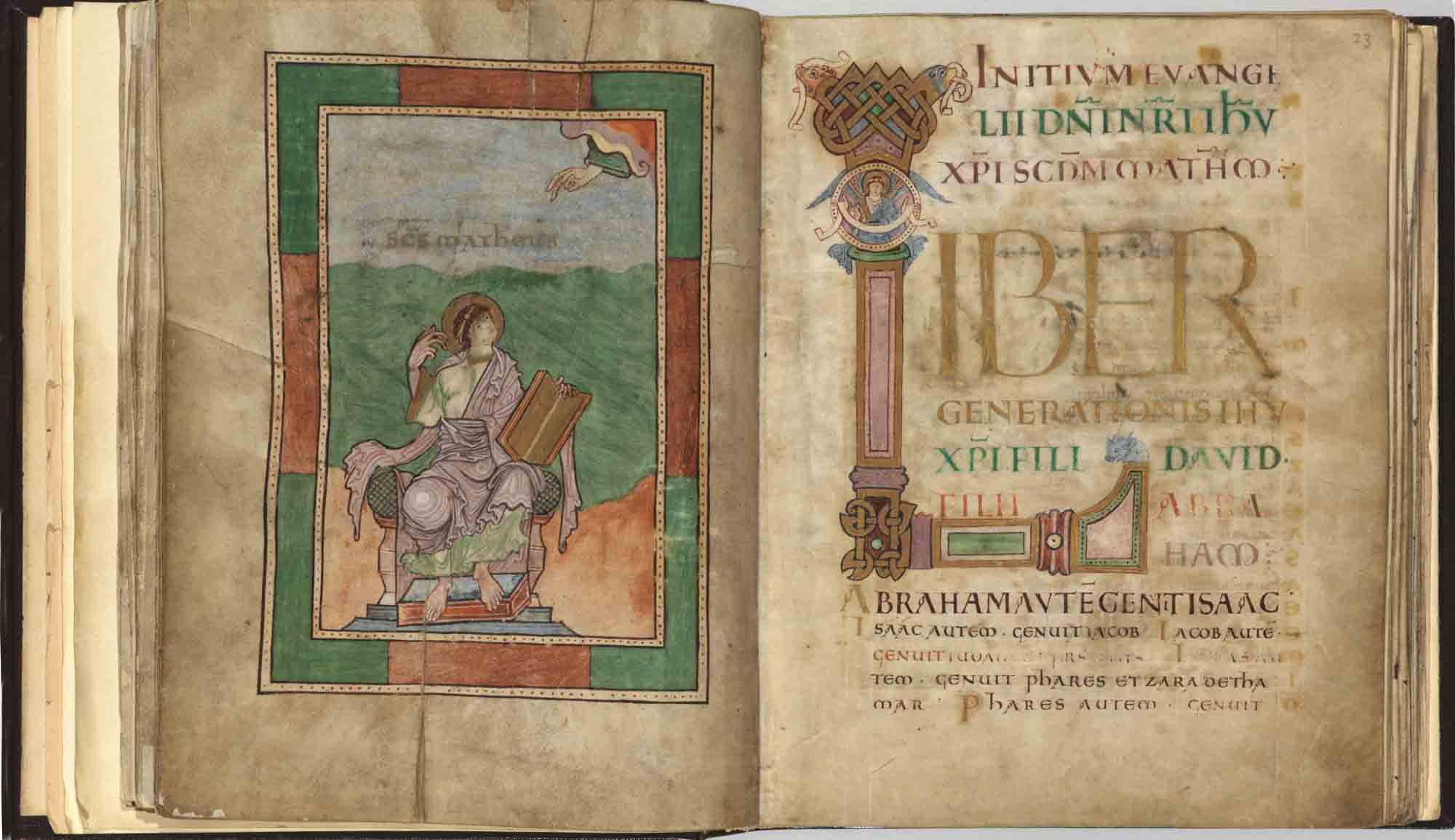
YORK, ENGLAND—Seven skeletons were selected from the more than 80 unearthed at a Roman-era cemetery in Driffield Terrace for whole genome analysis. All of the men buried in the cemetery had been under the age of 45 at the time of death, and are thought to have been gladiators, soldiers, or criminals. Many of them had been decapitated. Previous studies of the remains have shown that the men endured childhood deprivation, were taller than average for Roman Britain, suffered battle trauma, and may have grown up outside Britain. Most of the men in the new study had genomes similar to that of an Iron Age woman whose remains were unearthed in East Yorkshire. “Whichever the identity of the enigmatic headless Romans from York, our sample of the genomes of seven of them, when combined with isotopic evidence, indicate six to be of British origin and one to have origins in the Middle East. It confirms the cosmopolitan character of the Roman Empire even at its most northerly extent,” Matthew Collins of the University of York said in a press release. To read more about the empire's rise, go to "Rome's Imperial Port."











